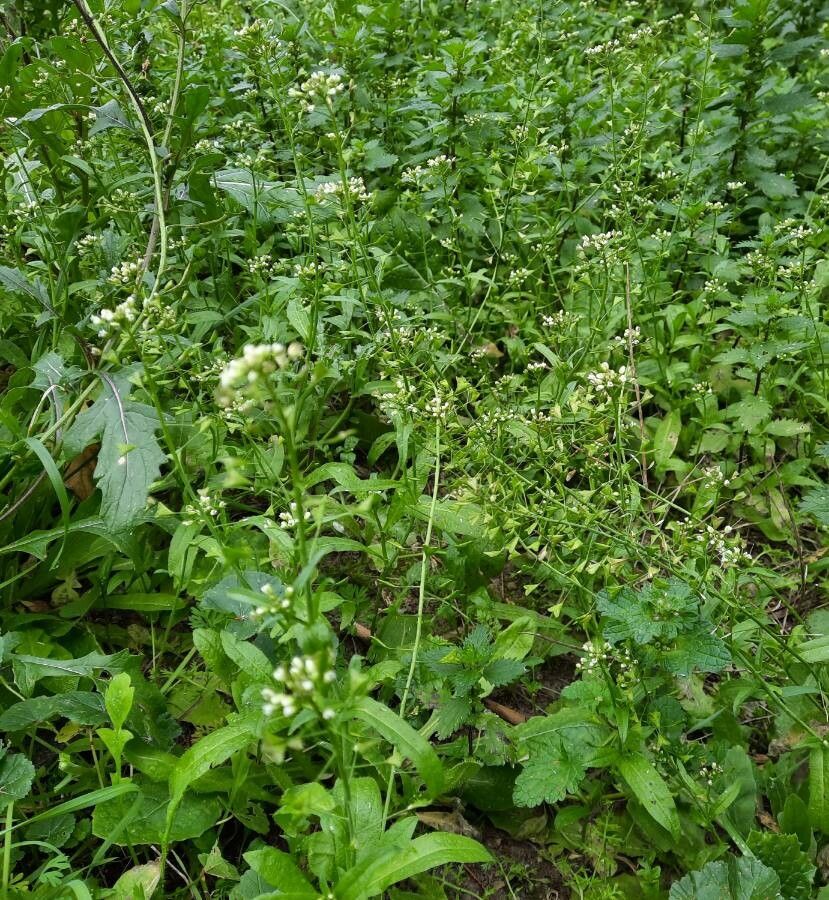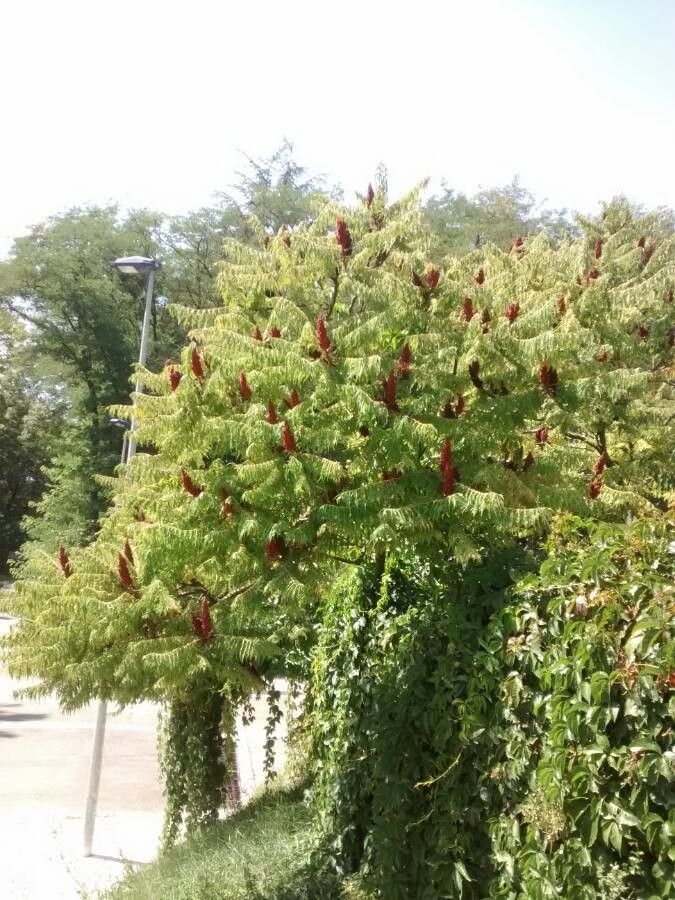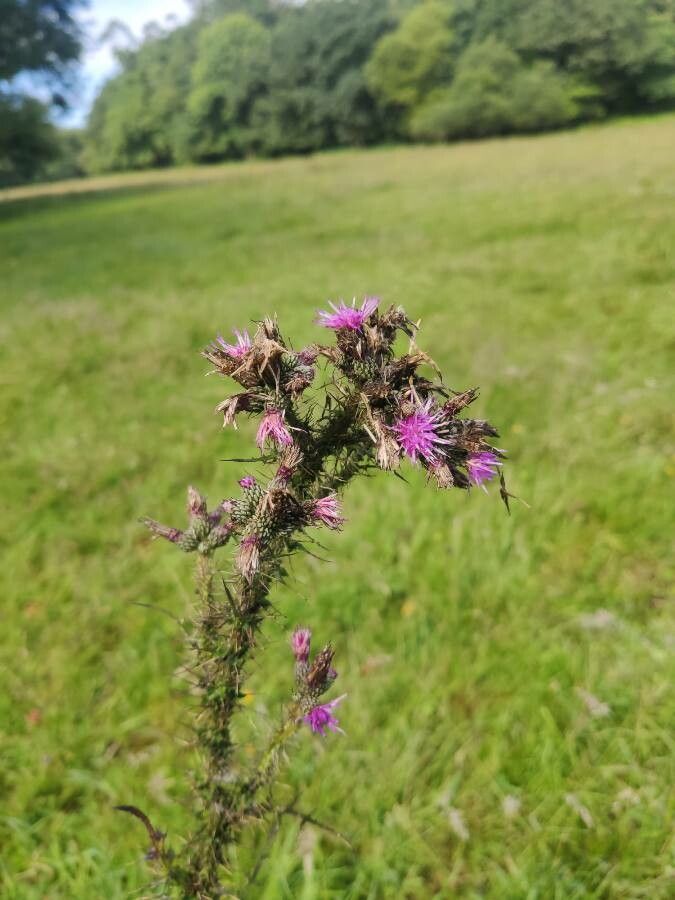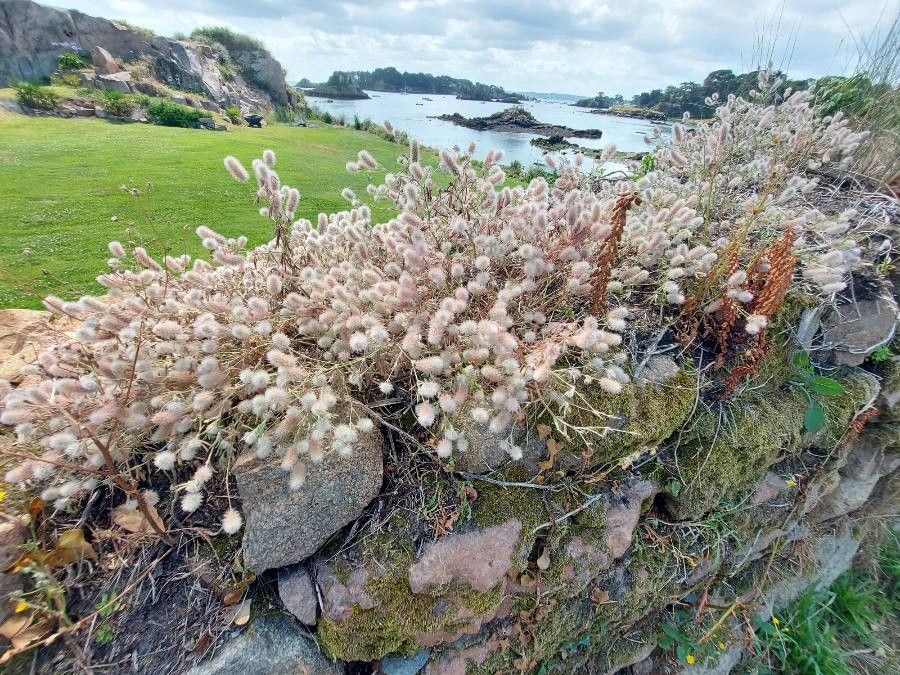## Shepherd's Purse: A Complete Guide
Shepherd's Purse ( *Capsella bursa-pastoris*), a member of the Brassicaceae family (mustard family), is a ubiquitous annual plant found across the globe. While often considered a common weed, this unassuming plant boasts a rich history of medicinal and culinary uses, making it a fascinating subject for both botanists and gardeners.
### Identification
Identifying Shepherd's Purse is relatively straightforward. Its most distinctive feature is its distinctive triangular seed pods, resembling a shepherd's purse (hence the name!). These pods are flat and heart-shaped, appearing in clusters at the base of the plant. The leaves are basal and lobed, with deeply incised margins, becoming smaller and less lobed further up the stem. The small, white flowers are arranged in racemes, appearing from early spring to late autumn.
### Habitat and Growth
Shepherd's Purse is incredibly adaptable. It thrives in a wide range of environments, from disturbed soil in fields and roadsides to cultivated gardens. It tolerates a variety of soil types, and even prefers slightly compacted soil. It's extremely resilient and can germinate in a wide range of conditions. The seeds are very small and prolific, and dispersed easily, which contributes to its widespread distribution.
### Sun Exposure and Soil Needs
Shepherd's Purse is highly adaptable to various sunlight conditions, thriving in both full sun and partial shade. It tolerates most soil types but prefers well-drained soil. While it can handle poorer soils, it flourishes in nutrient-rich environments.
### Culinary and Medicinal Uses
Historically, Shepherd's Purse has been used both as a food source and a medicinal herb. The young leaves are edible, possessing a slightly peppery flavor similar to other members of the Brassicaceae family. They can be added to salads or cooked like spinach. It is important to only consume young leaves, as older leaves can be tough and bitter.
Medicinally, Shepherd's Purse has been used traditionally to stop bleeding and as a treatment for various ailments. However, it's crucial to note that scientific evidence supporting these traditional uses is limited, and it shouldn't replace advice from a qualified healthcare professional. Always consult with a doctor or other qualified healthcare provider before using any plant for medicinal purposes.
### Controlling Shepherd's Purse as a Weed
In cultivated gardens, Shepherd's Purse can be considered a weed due to its prolific seed production. Regular weeding is the most effective control method. Mulching can help to prevent seed germination. For larger infestations, herbicides may be considered, but this should be done cautiously, considering the impact on surrounding plants and the environment.
### Conclusion
Shepherd's Purse, although often dismissed as a mere weed, is a remarkable plant with a rich history of human interaction. Understanding its identification, growth habits, and potential uses allows us to appreciate its place in both the natural world and human history. Whether you're a botanist, a gardener, or simply curious about the plants around you, Shepherd's Purse offers a fascinating study in adaptability and resilience.
Shepherd's Purse: A Complete Guide

Frequently Asked Questions
How to identify Shepherd's Purse?
Look for its triangular, heart-shaped seed pods, resembling a shepherd's purse. The leaves are basal and lobed, with deeply incised margins. Small, white flowers are arranged in racemes.
Is Shepherd's Purse edible?
Yes, the young leaves of Shepherd's Purse are edible and have a slightly peppery flavor. However, older leaves can be tough and bitter. Always ensure proper identification before consuming any wild plant.


